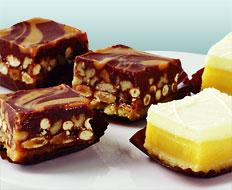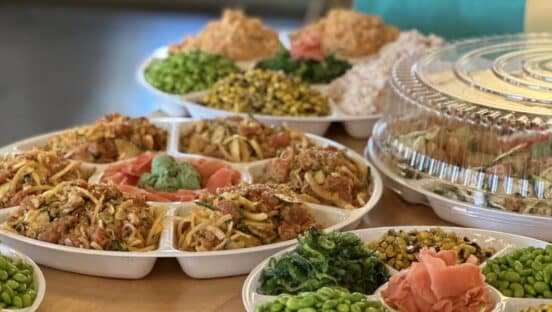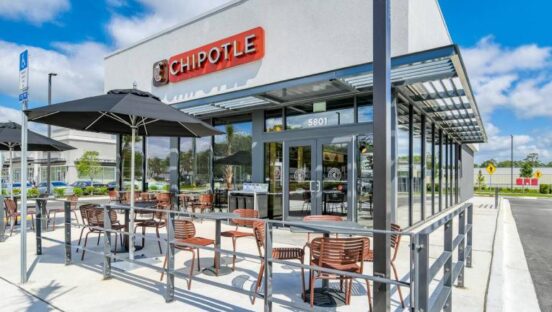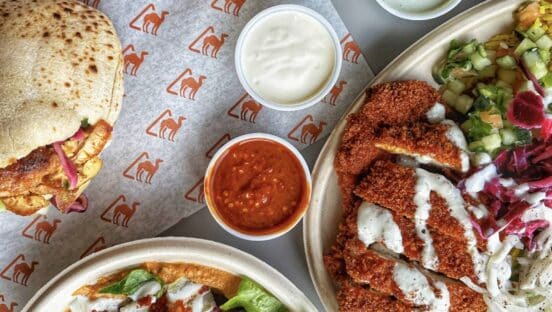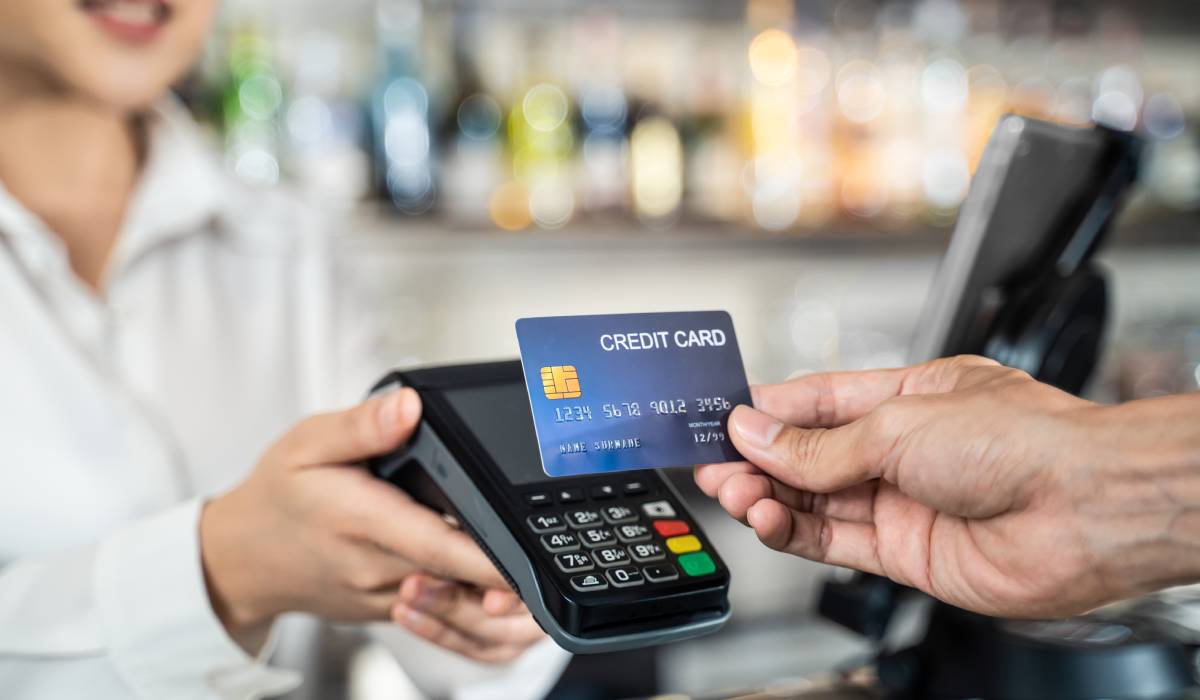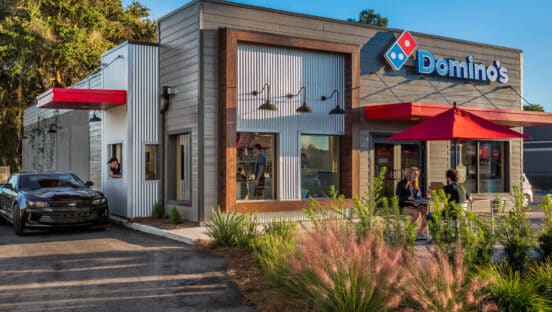Where will the quick serve industry be one year from now? That’s never been an easy question to answer, but these days it seems harder then ever.
The economy continues to lurch wildly back and forth, sending stocks (and consumer confidence) up, down, and then up and down again. Tax laws, healthcare costs, and minimum wage requirements are beginning their classic election year dance. And Apple and Google are ensuring that whatever mobile technology quick serves adapted to last week will be obsolete by this Thursday—at the latest.
Wendy’s asked, “Where’s the beef?” but today’s chains are asking, “Where’s the stability?”
Fortunately, even a shifting marketplace has an order to it. We asked several experts what they see coming in 2012. And their answers revealed a new kind of consumer: one still cautious about the recession, but ready to spend again if the value is right.
But value means different things to different people. From artisanal food to clean label products, from responsiveness to new family dynamics to location-based mobile promotions, here’s what you can expect going into 2012.
1. Double-Sided Menus
Some customers are looking for low prices, others are looking for perceived quality. Some are looking for healthy snacks, and others are looking for indulgences. The best way to solve these dilemmas may be to offer options on both sides.
Eric Giandelone is the foodservice director for Mintel Menu Insights, a research company that follows the restaurant industry. He says that the double-sided menu trend will be one of the biggest of 2012.
“A company like McDonald’s has really embraced this idea,“ Giandelone says. “You can order oatmeal or you can get the Big Breakfast. You have two sides of the menu. You have the better-for-you option, and you have the more indulgent option.“
While this strategy is great for healthy vs. indulgent, it also works for pricing. Giandelone singled out Wendy’s as a chain that has taken this approach. Even as its 99-cent value menu offers deals for bargain hunters, its Dave’s Hot N’ Juicy burgers tap into the premium market. Look for more chains to adopt this pricing model heading into 2012.
“This trend is evolving a little bit,” he says. “We’re seeing a little more tiered pricing or stepped pricing. Anybody who has a value menu is going to be there.”
2. Frugal Fatigue
Of course, it’s clear which side of the menu has the higher profit margins. The good news is that consumers will be heading that way in 2012. Stephen Hahn-Griffiths, the Chief Strategy Officer of Chicago-based advertising agency Leo Burnett, says that after so many years in a recession mentality, customers are increasingly giving themselves permission to spend again.
“It really isn’t all doom and gloom,” Hahn-Griffiths says, “it’s really the beginning of a change toward a better time.”
The key concept here is the small indulgence, so don’t expect to see a foie-gras-and-Sauternes based concept anytime soon. Rather, Hahn-Griffiths says that customers will turn to premium sandwiches like the burgers by Five Guys or In N Out to reward themselves without taking out a second mortgage.
“It’s a way of dining out that gives you permission to indulge,“ Hahn-Griffiths says, “And it doesn’t seem like a huge upcharge even for the tightest of wallets.“
Another area to watch is the mini-treat. Dairy Queen’s Mini Blizzards, Cinnabon Minis, and Starbucks Petites offer the same taste in a smaller package and could provide a way for customers to tack on a dessert order without feeling guilty.
3. New Definitions of Family
The demographic changes that have been taking place for the last 30 years are finally reaching a tipping point. 2012 will be the year for stay-at-home dads, grandparents as caregivers, and women as decision-makers. Hahn-Griffiths points to McDonald’s as an example of a chain that has already started moving in that direction.
“We need to recognize McDonald’s in that regard,” Hahn-Griffiths says. “It is a haven for single moms taking care of their kids. It recognizes that there’s sometimes blended or mixed families.”
To capitalize on the new families of today, quick serves will have to do more than change their campaign’s stock images. Instead, Hahn-Griffiths says that traditionally “macho” companies will start to emphasize things other than how many beef patties they can slap on top of a bun. Approaching the man as a connoisseur instead of as an eating machine will give even male-focused concepts broader appeal.
“If you look at In-and-Out Burger, you might even say Five Guys, those are environments where not only masculinity is embraced, but also a sort of more universal quality message,” Hahn-Griffiths says.
4. Clean Ingredients
Fine-dining culinary trends tend to filter into the quick-service industry, and the Slow Food movement is no exception.
Chipotle spokesperson Chris Arnold says his chain’s focus on fresh, local, and organic foods is still somewhat unique.
“We’re relatively early as a trend—if in fact it is a trend,” Arnold says. “There are, at the moment, not a lot of people doing it in meaningful ways. In the restaurant space you have Chipotle, and no one else at our size and scale.”
But that’s starting to change. In the Pacific Northwest, Burgerville has become popular for locally sourced ingredients like the hazelnuts in its hazelnut chocolate shakes or the beef in its hamburgers.
In San Antonio, EZ’s Brick Oven and Grill recently reworked its menu to get rid of ingredients like high fructose corn syrup and additives. And even major chains like Moe’s Southwest Grill are serving up quality proteins like grass-fed steak and all-natural chicken.
Arnold suggests that as customer awareness increases, this kind of product sourcing will become the norm.
“It’s probably just getting started,” Arnold says. “As consumers become increasingly aware why it matters how food is raised or grown, you’ll only continue to see people wanting better ingredients.”
[pagebreak]
5. Emphasis on Handmade
Some concepts are taking a “homemade” approach to differentiate themselves from their competitors and even take some market share from full-service restaurants.
Moe’s Southwest Grill Brand President Paul Damico says that as the burrito fast casual introduced more artisanal quality products, it’s gained a lot of customer support.
“We have received feedback via e-mail, Facebook and Twitter from customers who were pleasantly surprised to discover they could get that level of quality protein from a fast-casual restaurant,” Damico says. “Guest response has been overwhelmingly positive.”
Suzy Monford would agree. As the president of EZ’s Brick Oven and Grill, she’s focused on do-it-yourself products like Caesar salad with from-scratch dressing and hand-formed pizzas with dough made fresh daily. She says that when done right, making condiments and entrées from scratch attracts customers and is cheaper than buying from suppliers.
“Customers will reward you and shop your concept if you’re culinary is credible,” Monford says. “You’re going to see more fast-casual chains making more of their menu mix from scratch.”
However, credibility and authenticity is key. Brands should introduce changes one at a time and make it believable.
Liz Aviles, the vice president of market intelligence for Chicago-based marketing agency Upshot, says Domino’s recently provided a pitch-perfect example of what not to do. Aviles says the brand’s strategy of creating pizzas with slightly different ingredients and using the term artisanal in marketing efforts makes consumers feel like the term is “overplayed.”
6. Bargain Hunting
While most of the experts QSR talked to were optimistic about consumer confidence in 2012, they were quick to caution that the recession is still on everyone’s mind. Next year’s consumers will be spending more but looking for bargains.
“There is a loosening of the wallet, but the key is that consumers are much more informed,” Aviles says. “I don’t think we’re going to go back to any sort of pre-recession [spending] levels.“
Social media discounts, one-day-only promotions, and coupons will continue to be a draw, as will value menus (see trend 1). Aviles says deal sites like Groupon will continue to grow in popularity as chains begin to learn what deals work for them.
“We will see more national brands tapping into Groupon, and I think they’ll be smarter and more strategic about it,” Aviles says. “The consumer is still very promotionally driven.”
7. Online Ordering and Mobile Tech
Finally, mobile technology and online ordering will continue to expand.
Danny Bendas, a managing partner with Synergy Restaurant Consultants, says that both ordering and price comparisons will increasingly happen through mobile devices.
“There’s going to be a much stronger notion to use your phone to place orders or to shop for values,” Bendas says. “I think the iPad and other handheld technology is only going to increase in all venues, but in particular fast-casual and quick-serve restaurants.”
Did QSR’s predictions for last year’s seven hottest trends come true? Here’s what we heard from experts at the beginning of 2011.
-
Mobile technology will be integrated into in-store operations.
-
Social media gaming technology will bring interactive advertising to customers.
-
Quick serves will be more transparent about menu and pricing information.
-
Companies will use crowdsourcing to design menus and signage.
-
Sensational menu items will decline as brands focus on signature items.
-
Nontraditional locations will become more popular.
-
Prices will gradually rise.
Pizza places like Papa John’s have already made wide use of online ordering, and it’s spreading to other quick serves as well. Specialty’s Café and Bakery, which has locations in California, Illinois, and New York, offers a number of online ordering options, including in-store pickup, delivery, and even CookieGrams where customers can e-mail a free coupon for a cookie to their friends.
Wow Bao is another chain picking up on this trend. Through itswebsite, the company takes orders for pickup and also ships its bao (steamed buns with Asian fillings) nationwide. Online ordering has an advantage for chains besides convenience—automatic upselling.
“The ticket average typically is higher because there’s more cues given to have people add on,” Bendas says. “You’re not relying on a human to ask those questions.”
Finally, Hahn-Griffiths of Leo Burnett, expects location-based services to become more popular. Map apps will allow customers to find the nearest outlet of a chain but also give operators the option to push lunchtime sales with immediate e-coupons delivered directly to cell phones.
“Location-based services are really critical,” Hahn-Griffiths says. “You can electronically tap people on the shoulder. You get that impulse of hunger—anything that can help you navigate is going to be a significant value.”

